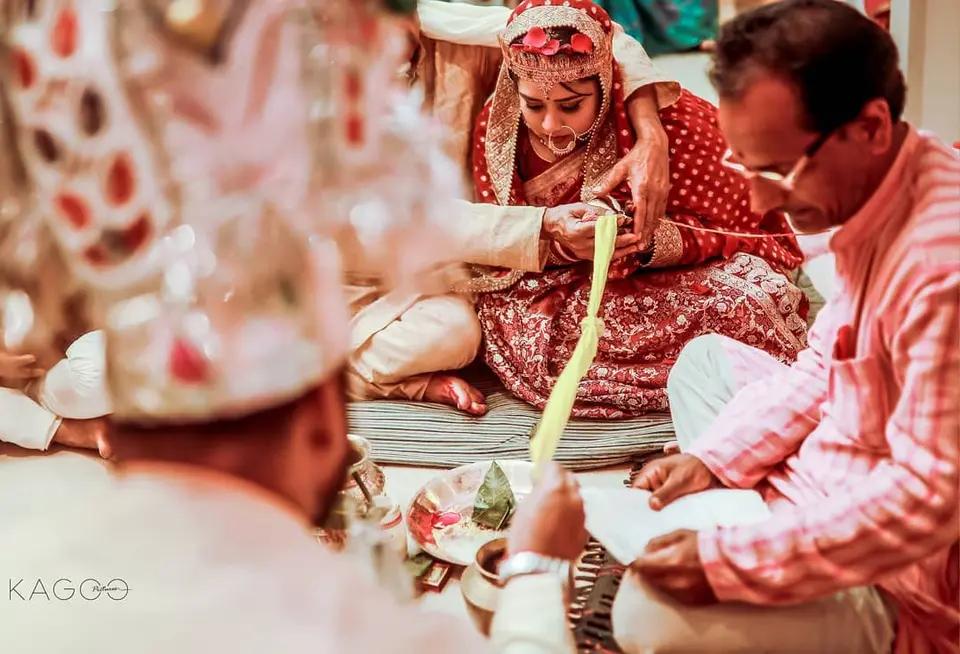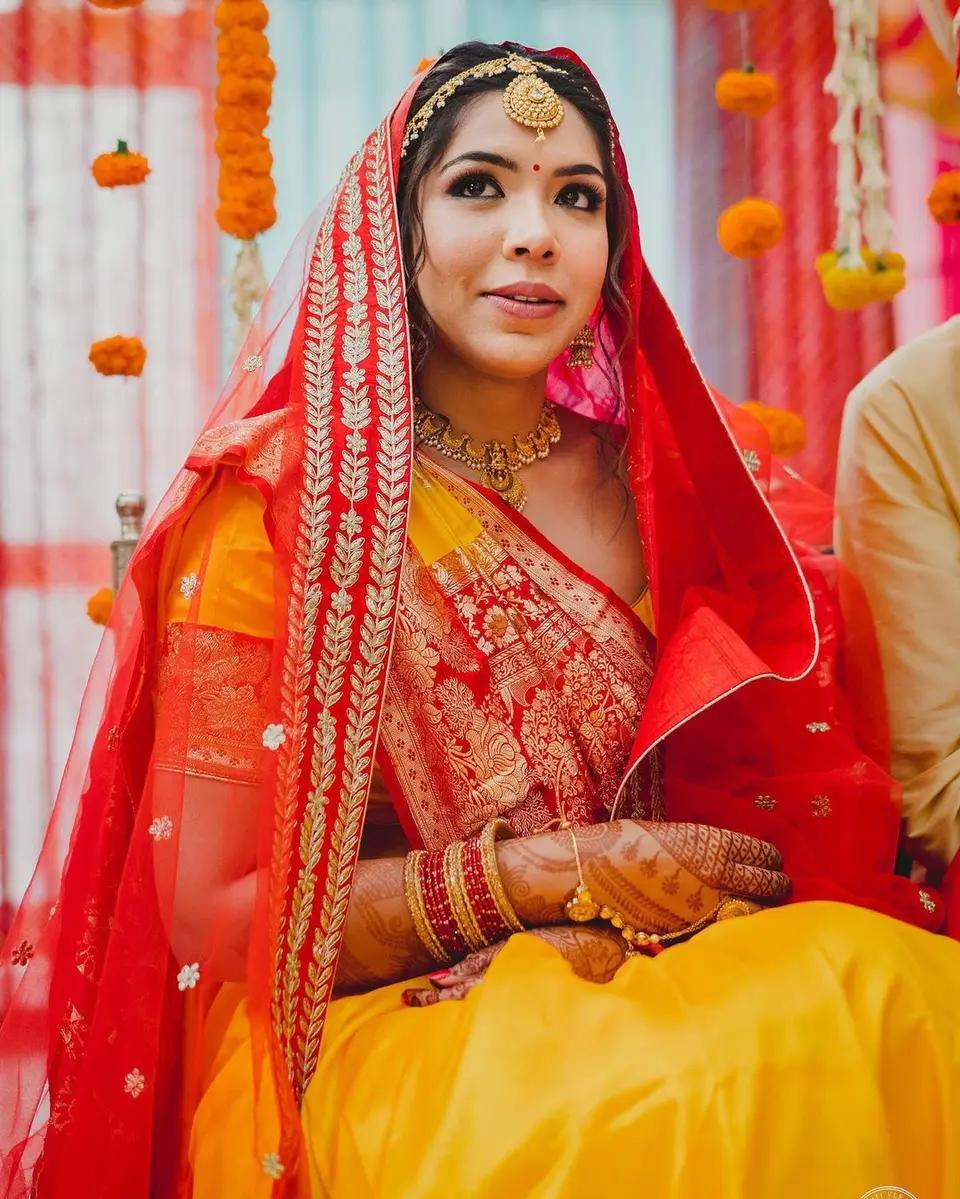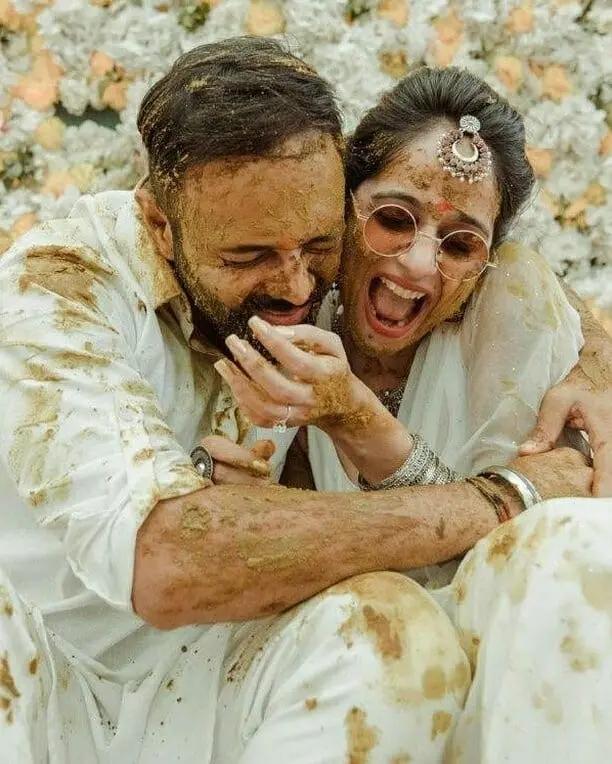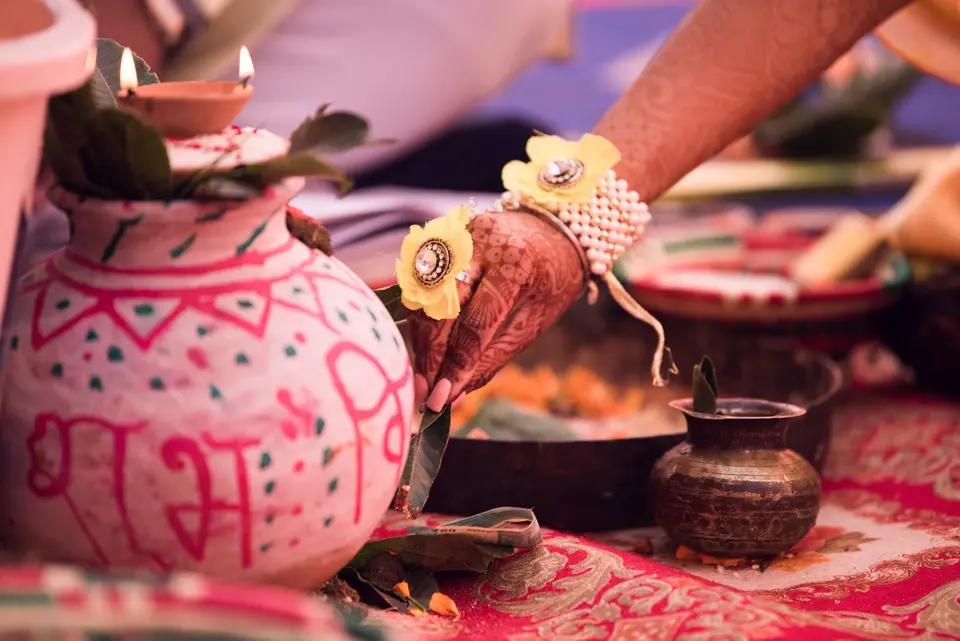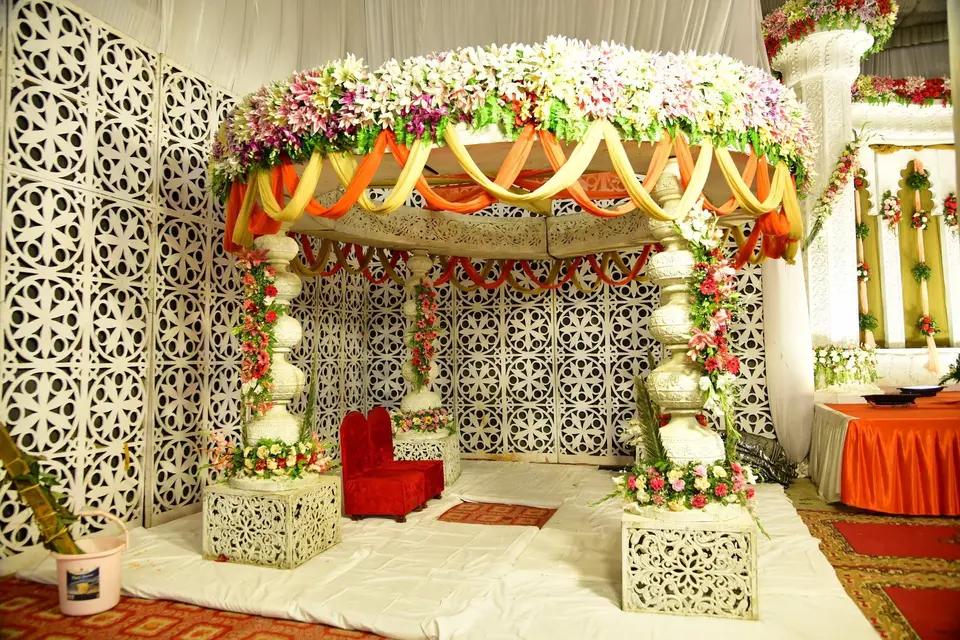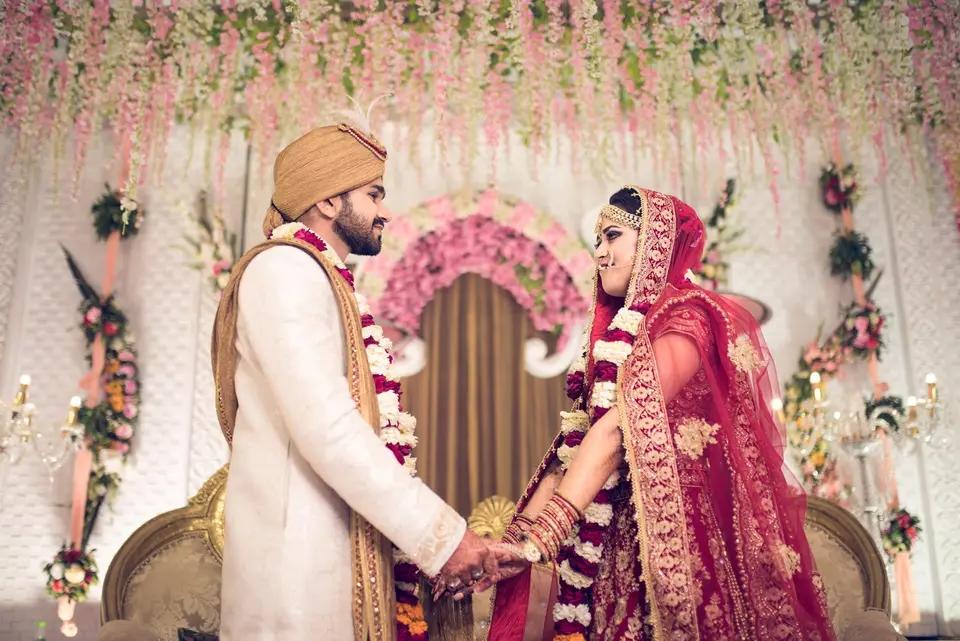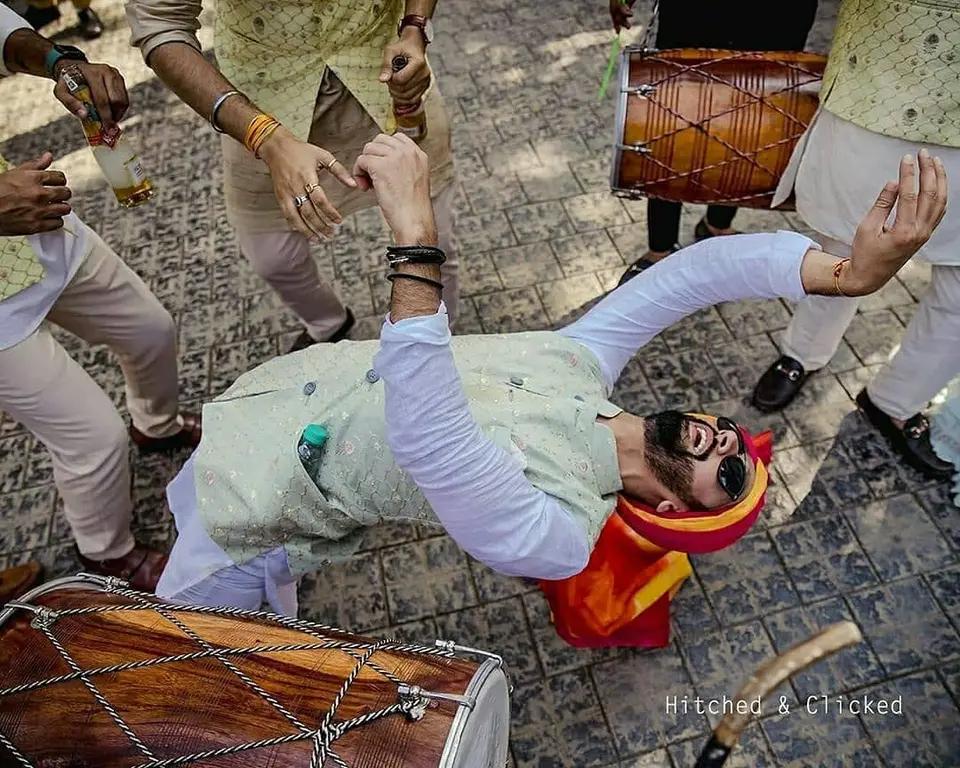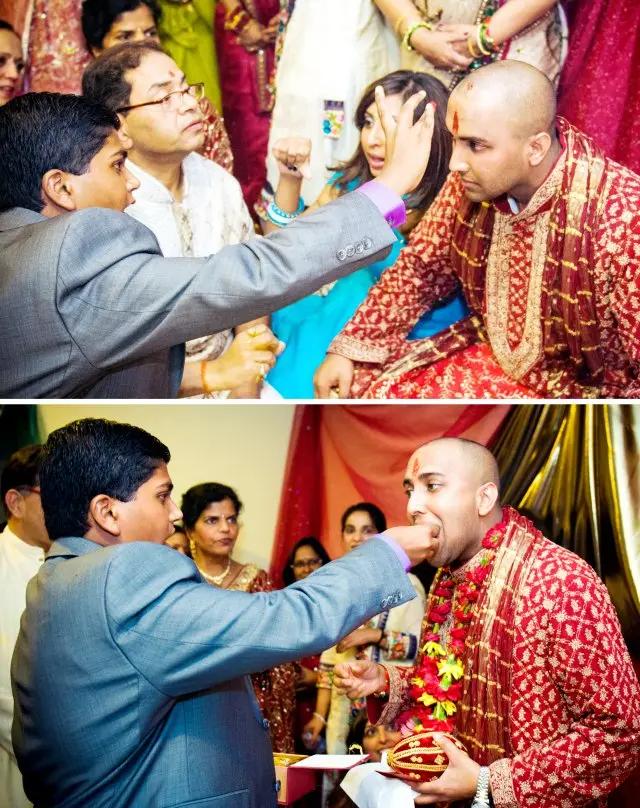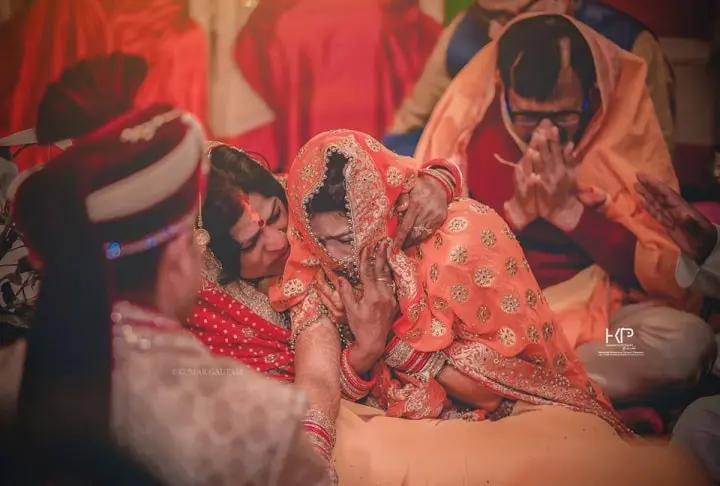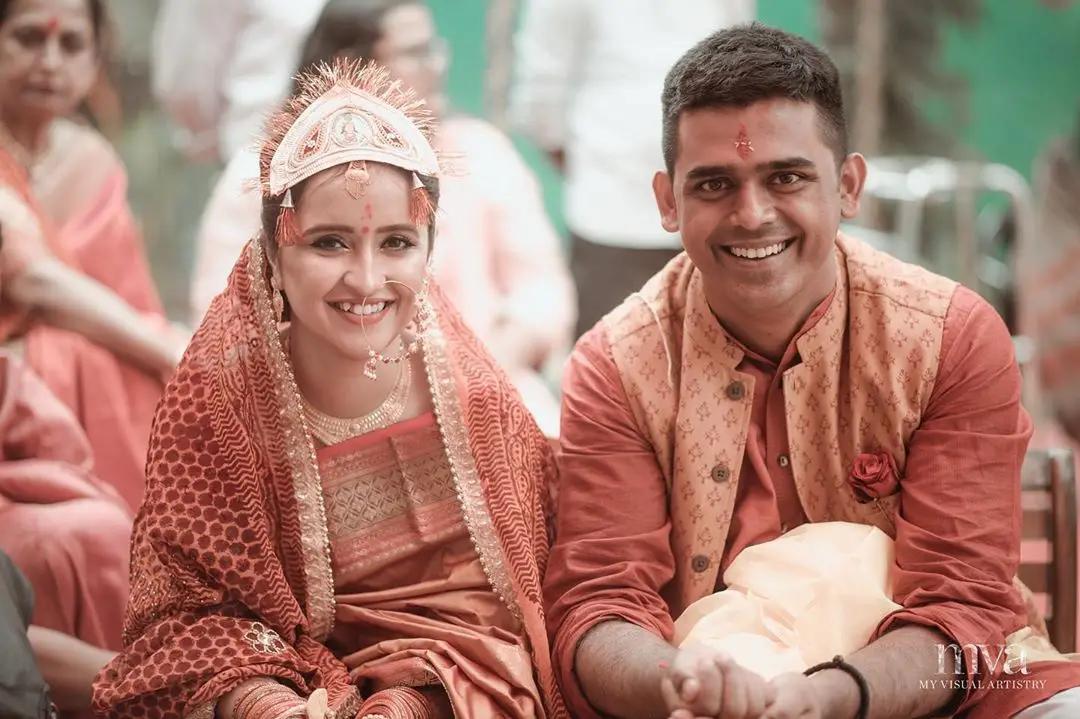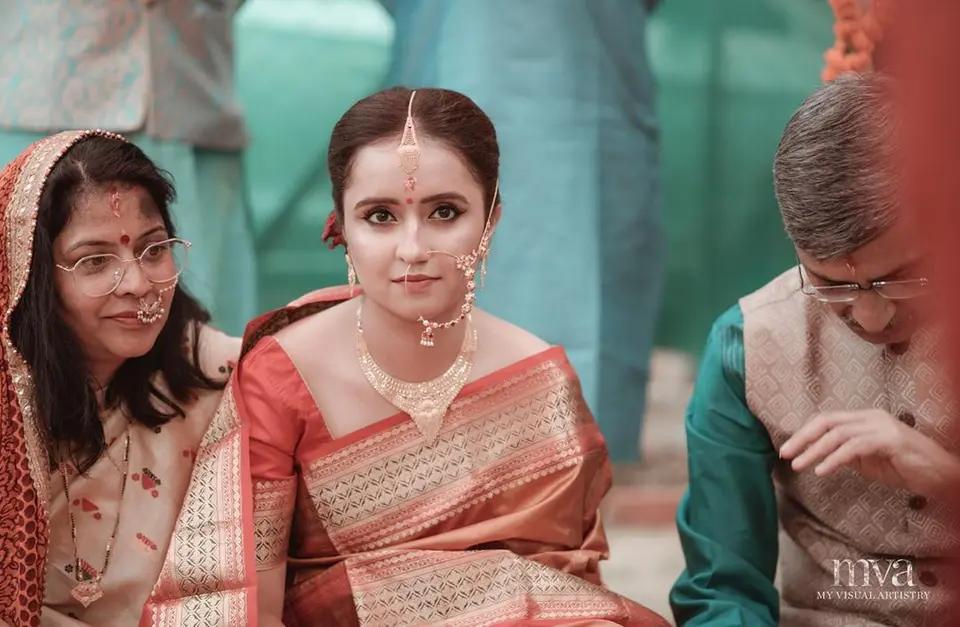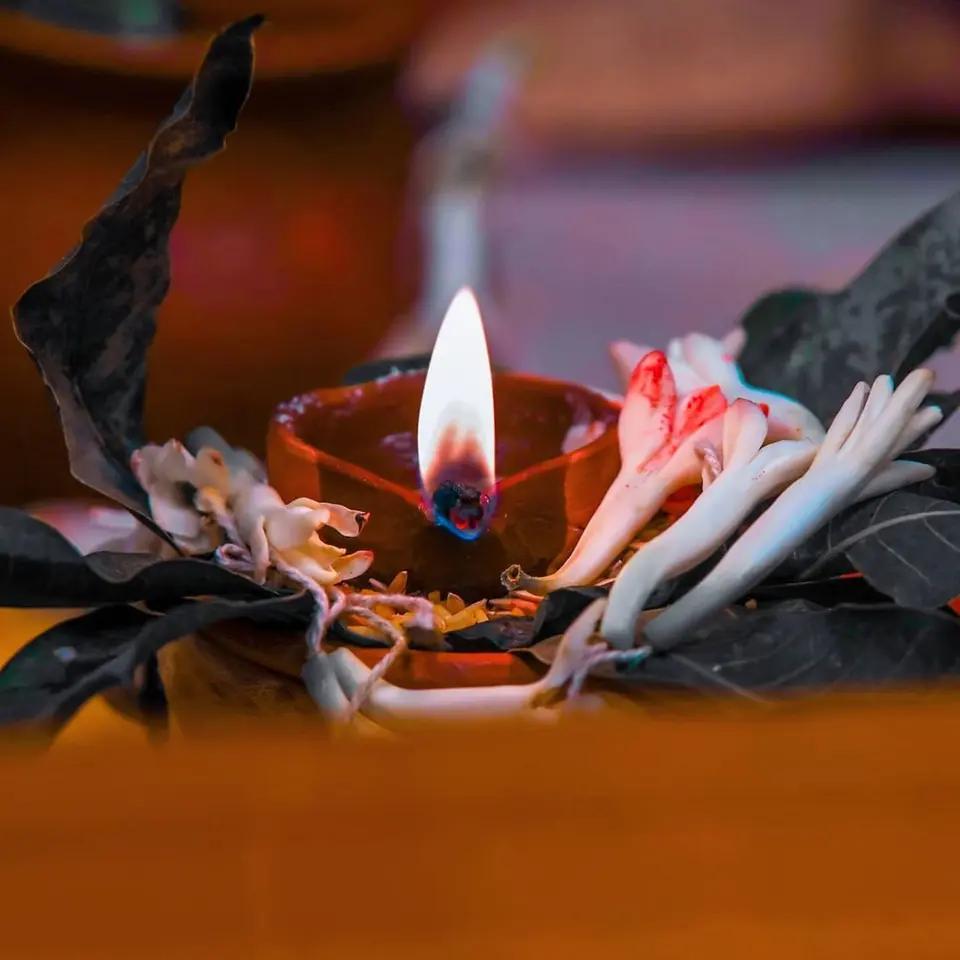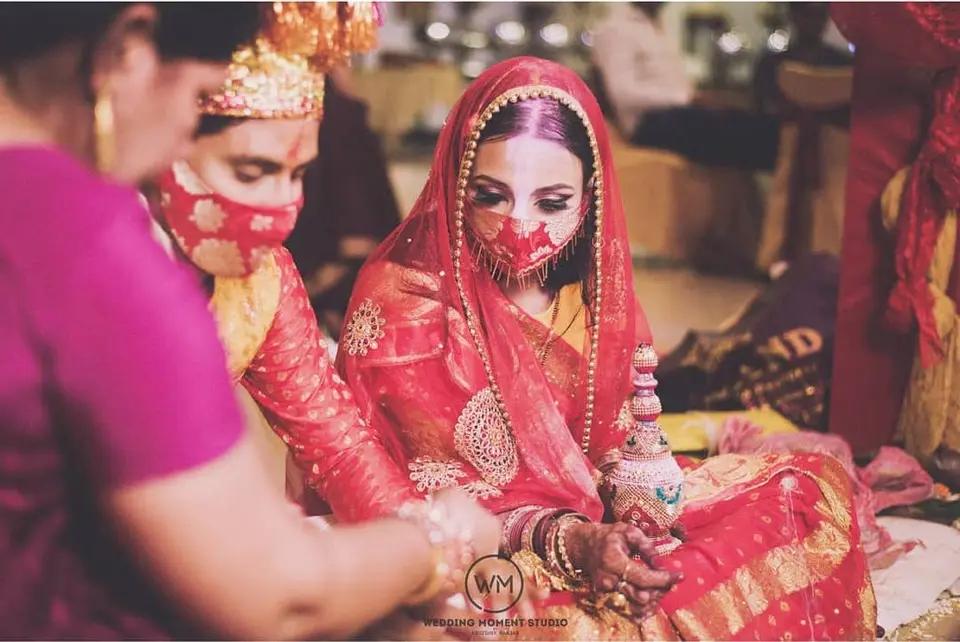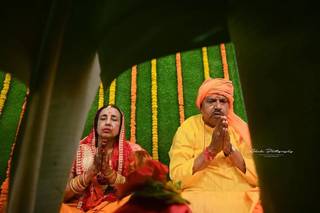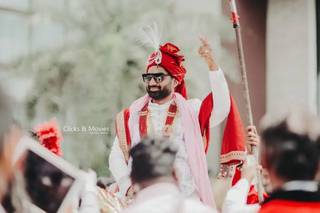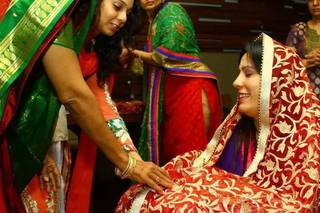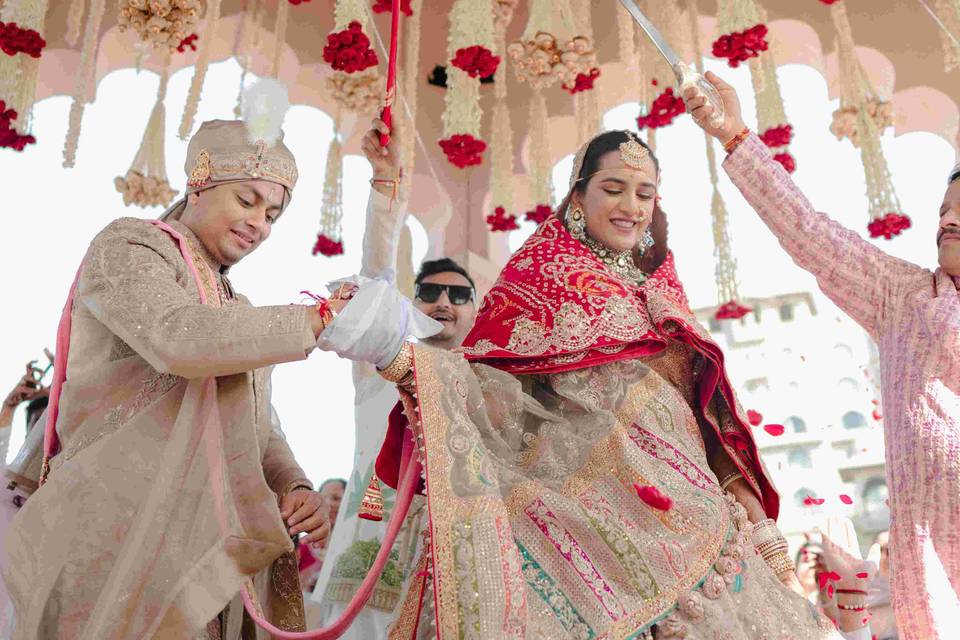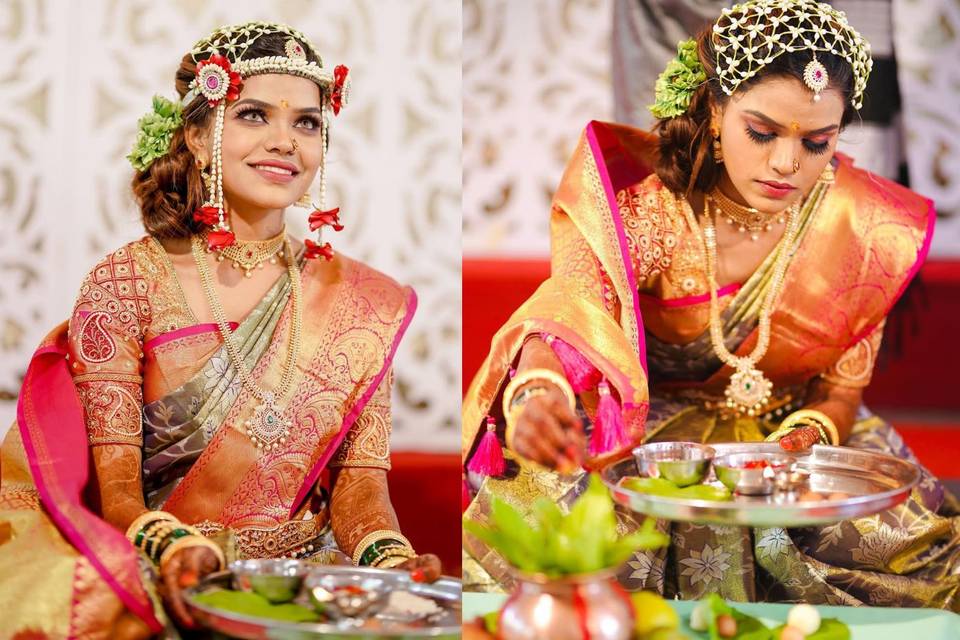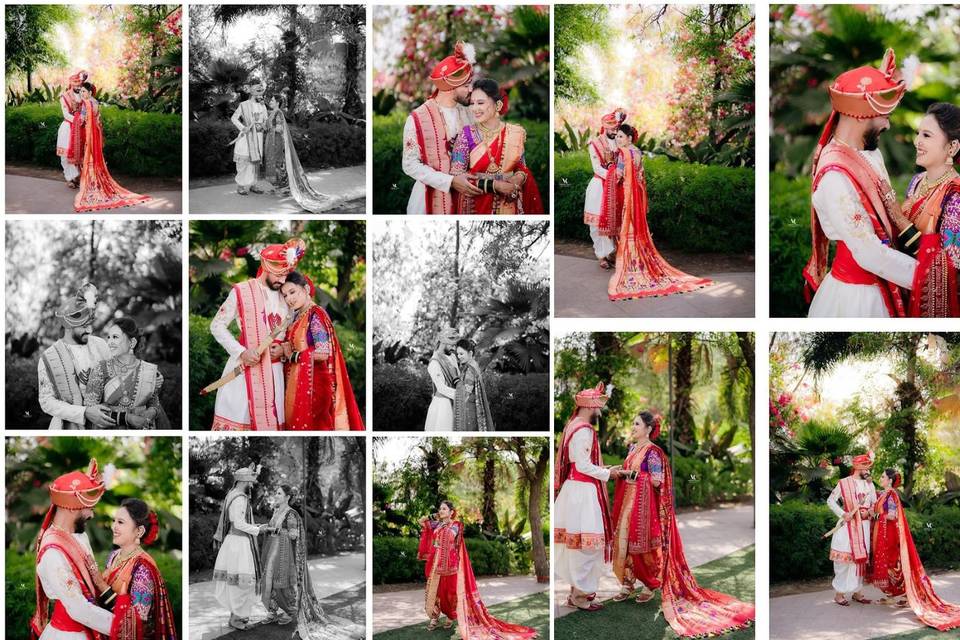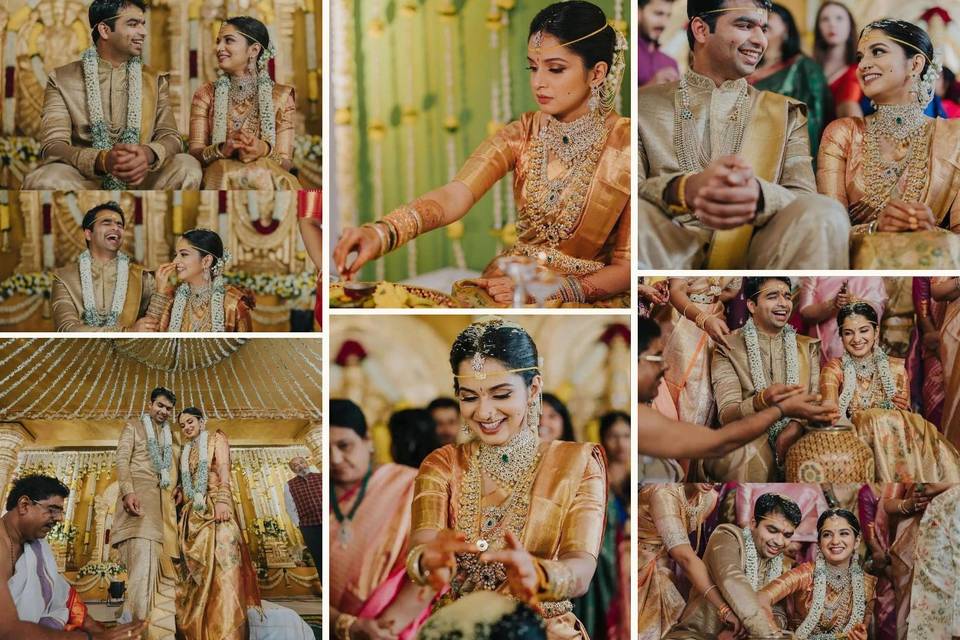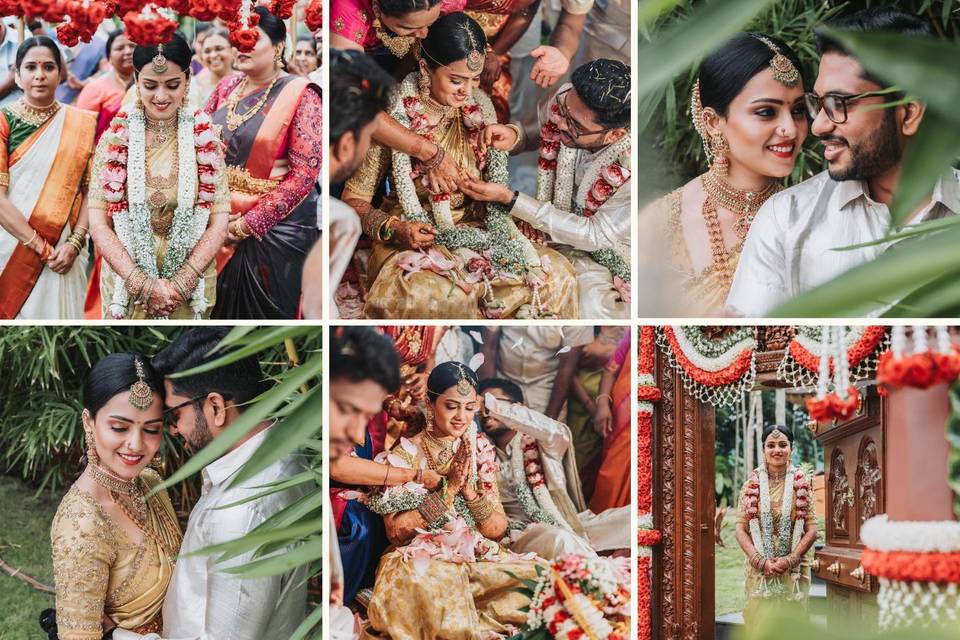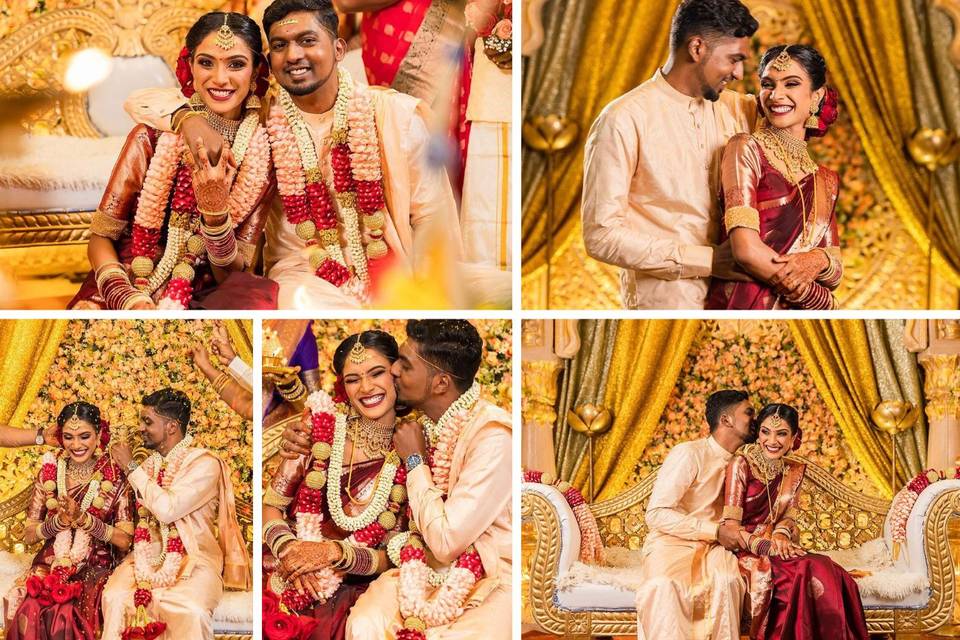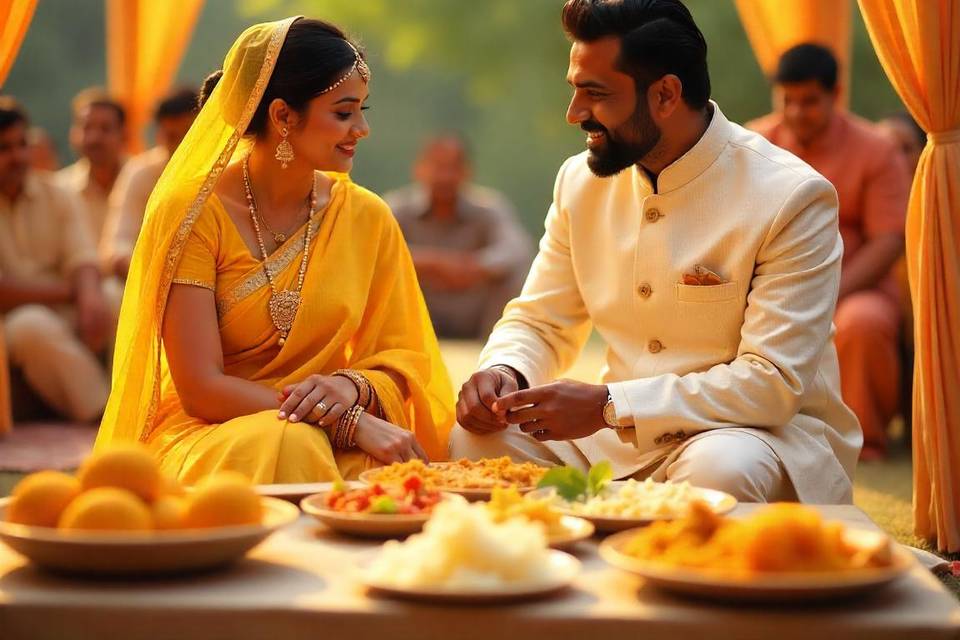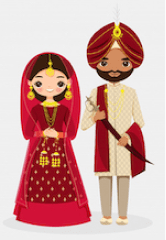Decoding Indian Weddings: Sacred Rituals & Traditions of Bihari Wedding
Traditionally, Bihari wedding celebrations last a month. However, millennials celebrate the wedding only for 4-5 days. Here is a detailed picture for your info.


Photography: Style in Chelsi
Have you ever attended a Bihari wedding? If yes, then you already know how colourful and vibrant it is! Biharis love their weddings, which are rustic and traditional. The soon-to-be-married couple must observe a plethora of rituals. The bride and groom's families participate in several colourful ceremonies that testify to the true spirit of a traditional Indian wedding.
In this article:
1. Bihari Pre-wedding Ceremonies
2. Bihari Wedding Day Rituals
3. Post-wedding Bihari Rituals
A typical Bihari wedding includes pre-wedding rituals, wedding day rituals, and post-wedding rituals and customs. Scroll up to read in detail about these exciting and unusual rituals!
Bihari Pre-wedding Ceremonies
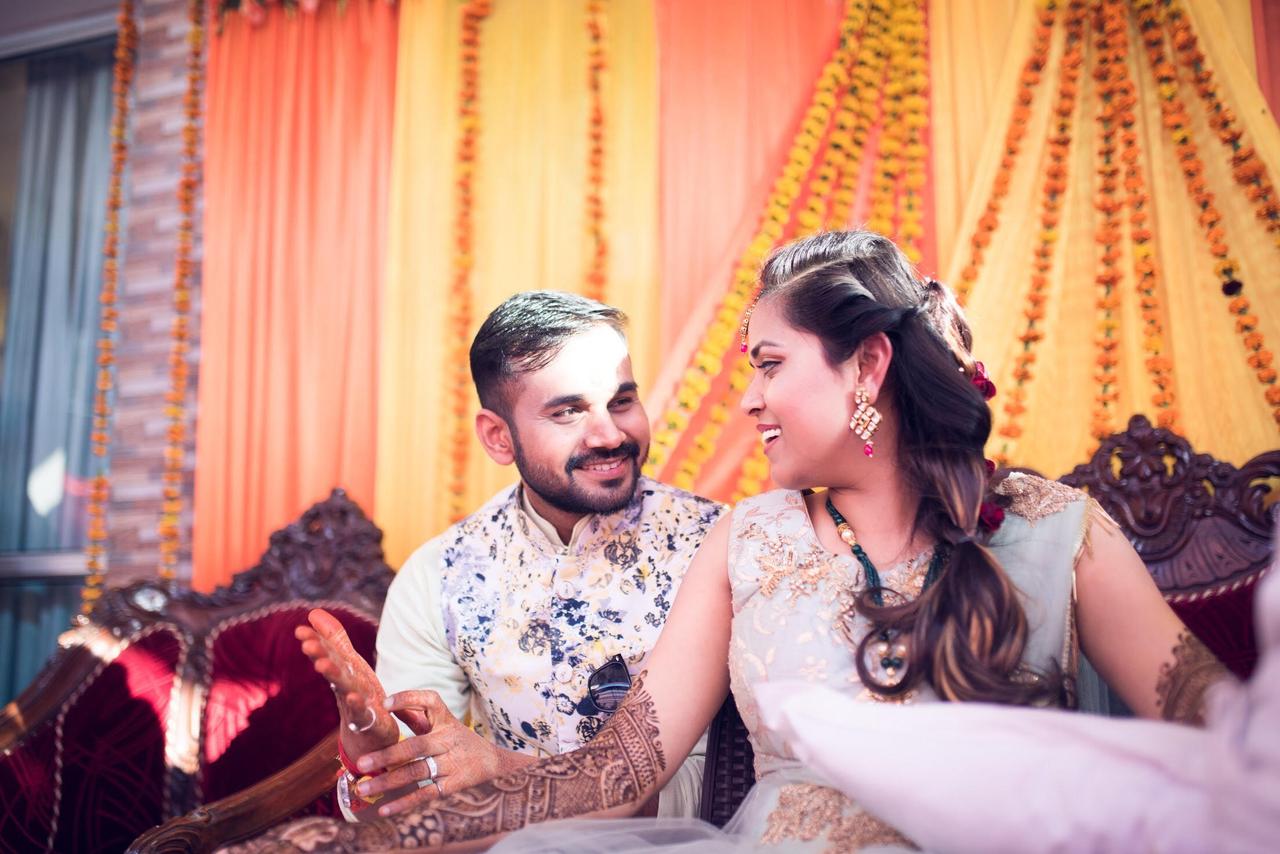
Photography: Dansrwang Wary
Satya Narayan Katha
Any Bihari wedding kicks off with Satyanarayan Katha, which is organised by the bride's parents. The prayer service or pooja is elaborate, and all the friends and relatives of the groom’s side take part in it. The priest narrates the Katha, and a haven is lit. It remains lit for the whole duration of the marriage.
Cheka
This ceremony is the official engagement at the bride’s house. The groom’s parents and he visit the bride’s home to exchange rings. They carry many gifts or shaguns like jewellery, clothes, dry fruits, and sweets on this visit. Once both the families have settled down, the groom and the bride exchange their rings. The next day, the bride’s family, along with her, visit the groom’s house with shagun and rings. They exchange rings on this day, and this ritual is known as Cheka.
Haldi Kutai
The Haldi ceremony follows after the engagement. All the married women on the groom’s side, along with his mother, make a paste of ground turmeric and then send it to the bride’s house. This Haldi is then applied to the bride’s body. While applying Haldi, all the women sing Bihar folk songs.
Tilak
The bride's brother visits the groom’s house with a Tilak Thaal or plate. This shows that the bride’s family has accepted the alliance. The bride's brother applies tilak on the groom’s forehead, giving him jewellery, clothes, and sweets to celebrate the alliance. He also gifts him the Haldi paste and groom’s marriage day clothes that he would wear at his wedding. The groom’s parents offer gold Nath, bridal garments, and Maang Tikka to the bride, and they send off their brother after a grand dinner.
Mandappachadan
This Bihari wedding ritual involves setting the mandap, or wedding altar. A traditional mandap is made of bamboo and decorated with banana trees and mango leaves.
Haldi Ritual
The groom’s parents and relatives apply the paste made by the bride’s mother, while the bride’s friends and family spear Haldi made by the groom’s mother. Married ladies take part in this ritual.
Dhritdhaari and Matripooja
The parents of both the bride and the groom take part in this ritual, which is observed to seek the blessings of the departed ancestors and the family elders. On this auspicious day, the parents (both sides) offer money or clothes called Paunpooji to ask for forgiveness from the ancestors. Paunpooji is also provided to the family elders.
Silpoha and Imli Ghutai
The Silpoha ceremony, or the rice grinding ritual, is performed as soon as the sun comes out on the marriage day. The groom's mother wraps the rice in a chunni and then grinds it on a Silbatta.
Imli Ghutai is done to ward off the evil eye of Burinazar. During this Bihari wedding ritual, the groom’s mama or maternal uncle advises him to refrain from common vices and habits. He offers a betel nut to the groom. The groom then holds the nut between his teeth. The mother eats the nut after that.
Bihari Wedding Day Rituals

Photography: Kagoo Photography
Paricchavan Ritual
On the day of the Bihari wedding, the groom's mother performs Paricchavan or aarti. The whole ritual is conducted before the Baratis leave for the wedding. During aarti, the mother also applies tilak on the groom’s forehead and prays for a trouble-free wedding and a happy married life for the couple.
Baraat Prasthaan
In Baraat Prasthan, the groom and his family leave for the wedding venue. The groom’s car is decorated elaborately with flowers. The car with the groom and his younger brother leaves first, followed by the rest of his family and relatives. Once the Baraat reaches the venue, they are welcomed by the bride’s parents and family with garlands.
Jaimalaand Galsedi
The exchange of garlands between the bride and the groom is called Jaimala, and it takes place at the mandap. Once the garlands are exchanged, the bride’s mother and other married women conduct a Galsedi ritual. The women heat the betel leaves in a lamp and burn them to ashes. This ash is then smeared on the groom’s face. Then, cow dung is thrown behind the groom. This is done in a sequence.
Kangnabandhana and Kanyadaan
In this ritual, the pujari presiding over the wedding ties bracelets on the bride and the groom’s right hand. These bracelets are made of cotton thread, mango leaves, colourful rice, Haldi, and money. A barber cuts the toenails and fingernails of the couple at the mandap. After this ceremony, Kanyadaan is done, where the bride’s parents give her to the groom.
Bhaisur Nirakshan, Kuldevta Puja & Pheras
In the bhaisur nirakshan ritual, the bride is gifted saris, jewellery and lehengas by her father-in-law and her husband’s elder brother or bhaisur. The bride is gifted the family jewellery in this ceremony. After this, the couple prays to the family deity or Kuldevta at the altar. Pheras are done around the sacred fire. Roasted rice with husk is thrown in the fire.
Post-wedding Bihari Rituals

Photography: Clicks & Movies TSM
Kohwar Parikshan, Salami and Vidai
The couple takes an early bath the following day and dresses up for Kohwar Parikshan, in which the married ladies of the family check for blood spots on the bedsheet to see if the couple has consummated their marriage. In the Salami ritual, the elders of the family shower cash and gifts on the groom, and then he leaves with his bride to go to her house. This is Vidaai. The bride’s brother escorts the couple to the decorated car and takes them home.
Swagataarti, Mooh Dikhai & Chauthari
Swagat, or a welcome ritual, is done to welcome the newly wedded couple at the groom’s house. Aarti is done and parents shower rice and flowers on them. A Kalash or copper vessel filled with rice, a plate of Alta, and two cane baskets are placed at the entrance.
The bride pushes this with her right foot and then steps on the Alta plate. Then, she places her feet in the cane baskets. In mooh dikhai, the bride is given money, a pair of gold bangles and other gifts from her in-laws. After Mooh Dikhai, Chauthari or Satyanarayan puja is performed to thank god for a successful Bihari wedding.
Chauka Cchulai Ritual
This is a ceremony in which the keys of the household are handed over to the bride. It marks the handing of responsibility to her by her mother-in-law. The bride is also asked to cook five dishes. Once the meal is over, the elders shower the bride with loads of gifts.
Overall, a Bihari wedding is considered to be one of the most elaborate affairs of the country. A host of colourful rituals seeped in traditions and culture are performed during this period.
- With valuable inputs from bride Ranee Yadav.
Decoding Indian Weddings with WeddingWire India:
2. Decoding Hindu Punjabi Weddings

